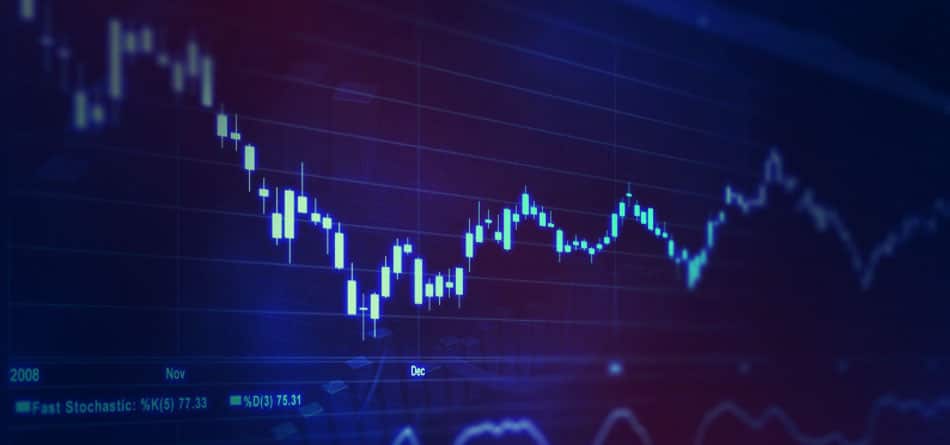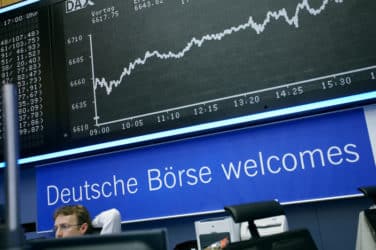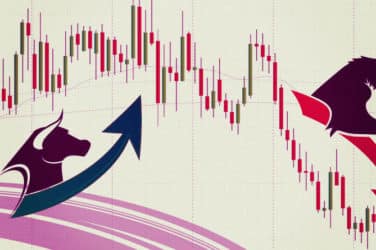
With Christopher Fiorito, Director of Trading, River Road Asset Management
Briefly describe River Road Asset Management and the profile of its trading operations.
River Road Asset Management, LLC is an institutional investment management firm founded in April 2005. The firm was formed based upon its proprietary Absolute Value® investment discipline, a distinct portfolio management approach solely developed by River Road which is distinguishable from, and occupies a unique niche between, other types of investment styles.

Louisville, Kentucky-based River Road provides institutional separate account and investment sub-advisory services to a broad range of domestic and international clients.
The River Road trade desk consists of three traders with over 70 years of combined trading experience. The team is responsible for trade execution, trade information, trade cost analysis, commission and broker management, and trade operations management and reporting. The team trades U.S. listed securities using high touch brokers, algorithms, and crossing networks to access liquidity across all venues and exchanges.
What does market volatility mean to you as a Trading Director? Is it an opportunity, a challenge, or both?
We measure market volatility from a bottom-up approach and look at individual stock volatility. Some data points we examine to identify volatility are increased spreads, large changes to intraday volumes, and increased intraday price movement.
Market volatility is a challenge, but it also brings opportunity. In cases of extreme volatility, as we have seen in the past year, it is challenging to navigate an environment with trading swings that are outside of normal expectations. This volatility prompts you to evaluate your standard trading practices and to understand how these practices are reacting to the volatility, whether rationally or irrationally. In this environment, opportunities arise as liquidity and price improvement not normally seen become available.
How would you characterize the market volatility over the past year-plus, i.e. since COVID-19? How has it been similar/different compared with previous volatility episodes?
While all periods of high market volatility have some similarities or common themes, COVID-19 did, from a trading perspective, appear to have some differences. The consistent and significant swings, both intraday and across days and weeks, were not something most traders have experienced over their careers. Furthermore, this price action occurred across all markets and was not specific to one market or region as we have seen in previous high volatility events. The flow of information and investor universe were also different compared to past events. Social media and the speed at which information is disseminated are new additions to the market volatility. Add to that the retail investor’s increased presence in the market and the ability for all types of investors to trade globally with greater ease and speed, both of which have led to an increase in market volatility.
What are key considerations for trading most efficiently amid high volatility?
We look at several factors including liquidity versus price improvement, temporary price dislocation versus movement due to market influence, TCA, and qualitative measures. All of these factors take on different importance based on the portfolio, the portfolio manager, and the individual stock.
One of the most important things to remember is trading is not a linear decision. Whatever your key analysis points are, you need to understand, evaluate, and react to how these factors can change not only daily but intraday as well. This is especially true in a high-volatility environment.
The ability to identify your objectives for trading a specific stock at a specific time is a key driver in being able to change your trading strategy to your advantage in all markets, but is even more imperative amid high volatility.
The ability to change your trade strategy intraday or over the course of many days is not always easy to do. You need to identify and understand why your objectives are changing and if a change in strategy could help your trade execution. The ability to do this can lead to various advantageous opportunities in trade executions.
What is important for buy-side traders regarding recent evolution in the exchange space, whether innovation / new order types from incumbents (Nasdaq, NYSE, Cboe), and/or the launch of startups (Members, Miax Pearl, Long-Term)?
The market is continuously evolving and finding inefficiencies and opportunities; the exchange space and new order types have become a focus area. The most important piece of this evolution is gaining a proper understanding of its effects on trading and realizing that this space will continue to evolve rapidly. For traders, it is important to understand how these changes affect both the overall market trading environment as well as your trading strategies. And while you may not use or access all the options available, you need to know how they affect your firm.
What lessons (if any) are there to be drawn from the extreme volatility earlier this year of GameStop and other ‘meme’ stocks?
If you are involved in a stock that is being specifically affected by the volatility, you want to understand if it is advantageous or harmful to your trading strategy and to your portfolio. Then you know to react, or not react, and how to change your trade strategy to adjust for the volatility.
In terms of lessons, we focus on themes versus specific stock action. We look at the reasons for the volatility and what effects it can have on the markets and market regulation going forward both in the short term and long term.
What is the future of sourcing liquidity amid market volatility?
Sourcing liquidity has always been an important factor in institutional investing and will continue to be in the future. The interesting part is where innovation and technology take us in this arena. Crossing networks continue to evolve as they look to grow as liquidity providers, sell-side algorithmic trading desks continue to make enhancements to their liquidity sourcing tools, and brokers continue to seek new ways to provide liquidity opportunities for their clients. I believe the key is that this space will continue to grow both in size and complexity, and it is incumbent on the buy side to understand how these changes will affect their specific trading environment, how they may benefit them, and when to make the decision to add the specific product.
Volatility in U.S. Equity Markets first appeared on GlobalTrading.






